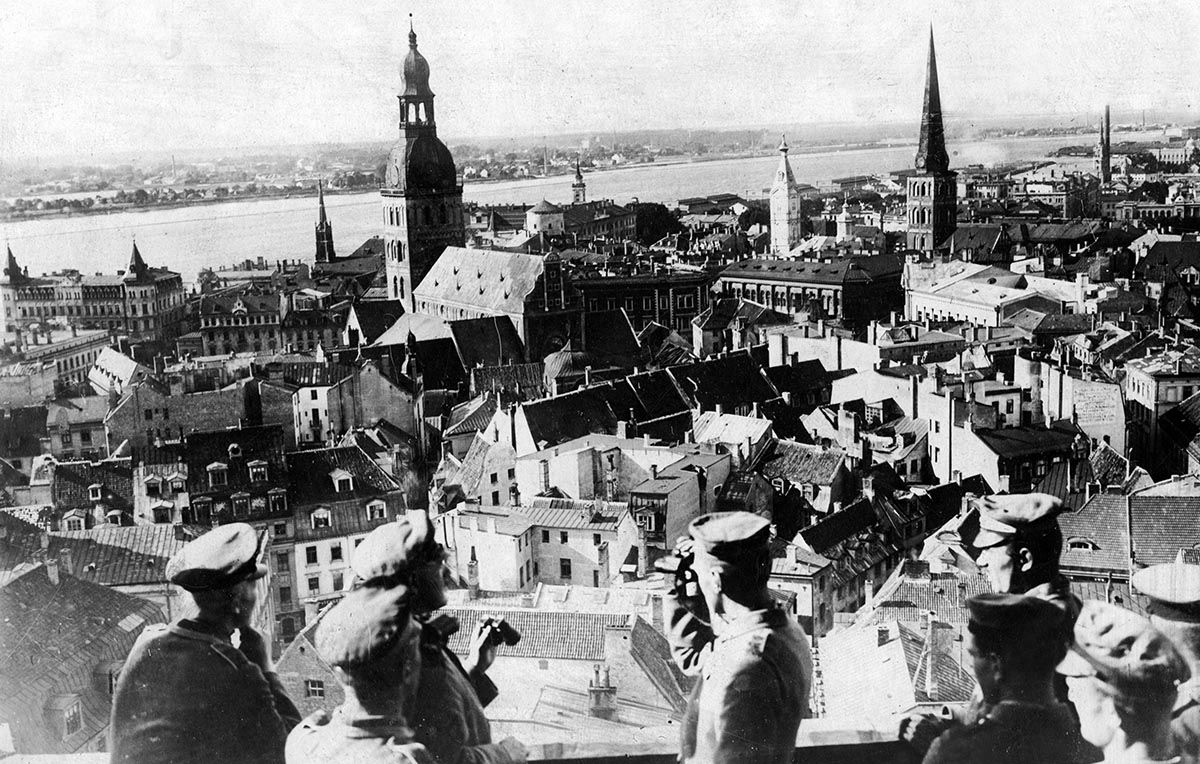'The Last Front' of the Freikorps - 2 minutes read

In the summer of 1919, as the victorious Allied powers were hammering out the terms of the peace settlement after the First World War, the Allied press began to pay closer attention to an area of Europe that had hitherto played little part in the deliberations of the peacemakers in Paris. In a series of reports despatched from midsummer until the late autumn, a special correspondent for the Yorkshire Post reported on the unfolding events in what had been Russia’s Baltic provinces: Estonia, Livonia and Courland. His first despatch, sent on 10 June from the port of Libau in Courland (now the Latvian town of Liepāja), was startling.
‘The situation in this part of the world is so tangled that it is no easy matter for a newcomer to get his proper bearings’, he confessed. There seemed to be a hazy notion in Britain that the Germans were a beaten people and that their troops in the east were there in obedience to the mandate of the Allies to fight the Bolsheviks. But, the correspondent wrote, ‘I understand that the German troops in the east contend that they have never been beaten’ and, ‘whatever pleasing theory is held elsewhere, the fact of the matter is that the Germans are masters to all intents and purposes’. Although there was a Royal Navy presence in the town, sailors were not being allowed ashore for fear of clashes with the German soldiers. Five Royal Navy officers had been arrested by the Germans at the end of May, an action for which no subsequent apology was forthcoming.